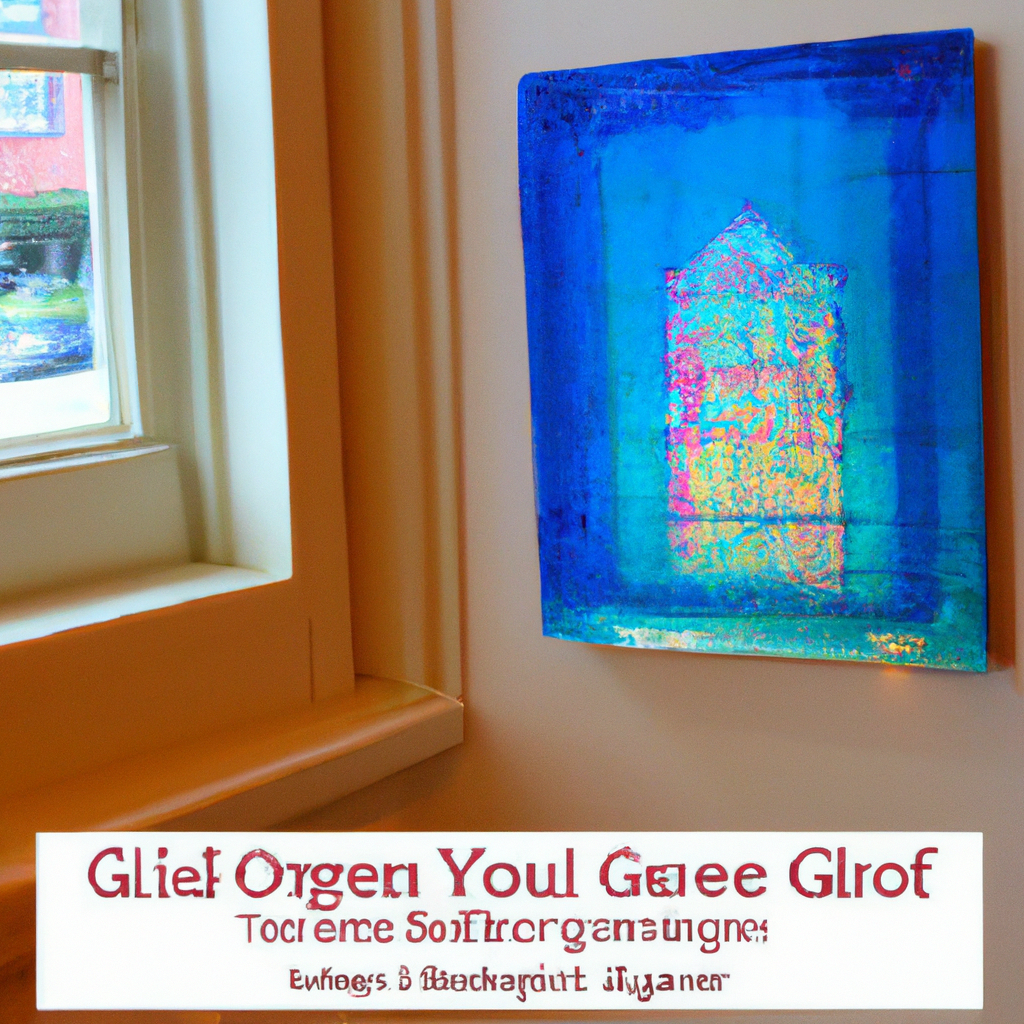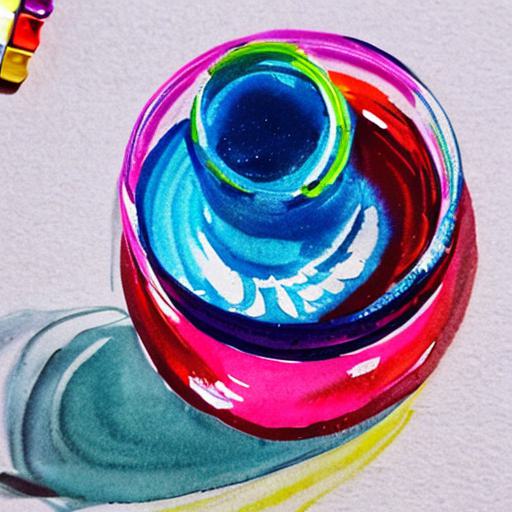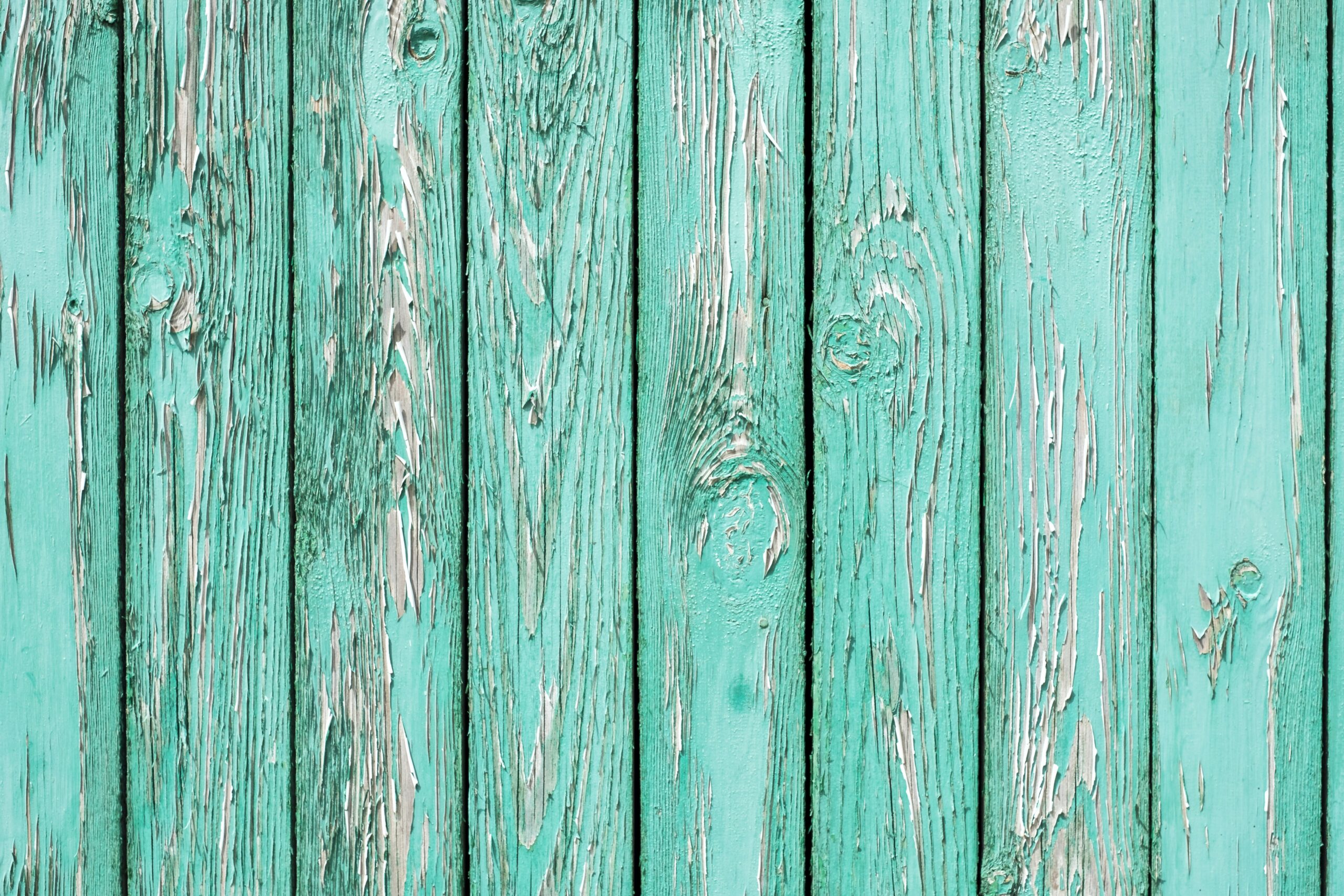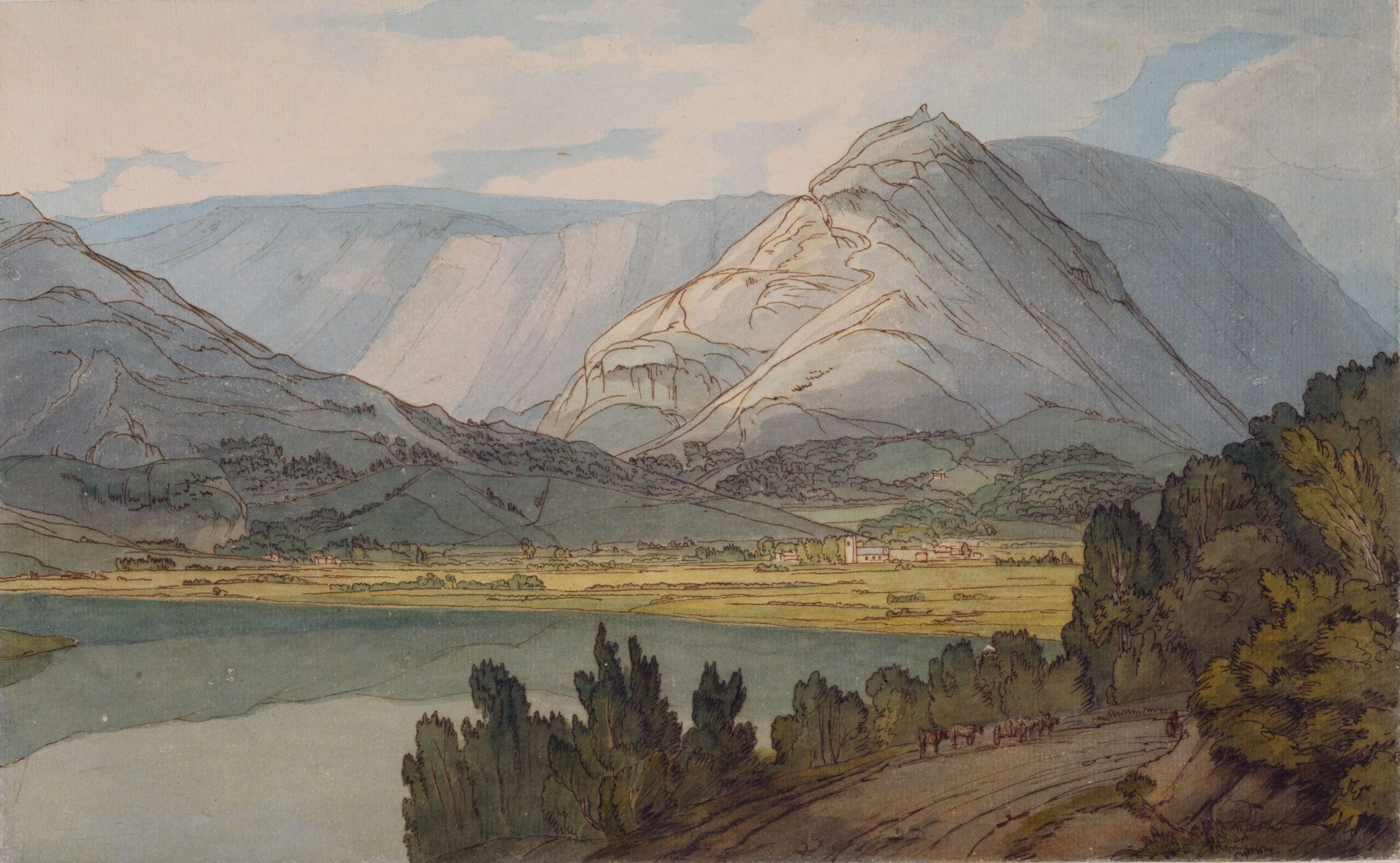In the world of art and creative expression, the possibilities seem endless. From oil paints to watercolors, each medium holds its own unique charm and challenges. But have you ever wondered if you can paint glass with gouache? Gouache, known for its vibrant colors and versatility, has become a popular choice among artists. In this article, we will explore the fascinating intersection of gouache and glass, unveiling whether this medium can bring life to transparent surfaces, and if so, the techniques and considerations involved. So prepare to explore the realm where two artistic realms collide, as we uncover the potential of painting glass with gouache.

This image is property of images.unsplash.com.
Overview of Gouache
Definition of Gouache
Gouache is a versatile type of paint that is known for its opaque and matte finish. It is made by combining pigment, gum arabic, and sometimes white pigment to create a watercolor-like paint that provides excellent coverage. Gouache can be rewetted and reworked, making it a popular choice among artists for various painting techniques.
Properties of Gouache
Gouache differs from traditional watercolor in several ways. One of its key properties is its high pigment concentration, which allows for vibrant and intense colors. Unlike watercolor, gouache dries to a matte finish, which can give paintings a unique and velvety appearance. Gouache is also known for its excellent coverage, making it suitable for layering and creating opaque effects.
Common Uses of Gouache
Gouache is a versatile medium that can be used on a variety of surfaces, including paper, canvas, wood, and even glass. It is commonly used for illustrations, fine art, and graphic design projects. Gouache is also favored by artists who specialize in botanical or wildlife art, as its matte finish can beautifully capture the texture and details of these subjects.
Painting on Glass
Challenges of Painting on Glass
Painting on glass presents specific challenges due to its smooth and non-absorbent surface. Gouache paint can easily bead up on glass, resulting in uneven coverage and poor adhesion. Additionally, glass is fragile and requires careful handling to prevent breakage or chipping.
Suitable Surfaces for Gouache on Glass
To paint on glass with gouache, it is essential to choose the right type of glass surface. Smooth and flat glass surfaces, such as glass panels, jars, or glassware, provide the best results. Avoid textured or curved surfaces, as they may make it difficult to achieve a smooth and even application of paint.
Preparation of Glass Surface
Before painting on glass, proper preparation is crucial to ensure the longevity of the artwork. Begin by thoroughly cleaning the glass surface using a gentle glass cleaner or a mixture of warm water and mild dish soap. Rinse the glass thoroughly and allow it to dry completely before proceeding.
Gouache Techniques for Glass
Applying Gouache Directly on Glass
One technique for painting on glass with gouache is to apply the paint directly onto the surface. Start by finding a reference image or sketch out your design on the glass using a non-permanent marker. Then, use a small brush to apply thin layers of gouache onto the glass, allowing each layer to dry before adding subsequent layers. This technique allows for precise control over details and creates a vibrant, opaque effect.
Using a Primer or Medium
To improve adhesion and avoid paint beading on the glass surface, a primer or medium specifically designed for glass painting can be used with gouache. These products create a slightly textured surface that helps the paint adhere better and prevents it from sliding or smearing. They also allow for more flexibility and blending of colors.
Layering Techniques for Depth and Texture
Layering is a popular technique in gouache painting on glass as it allows for the creation of depth and texture. Start with a base layer of opaque color and let it dry completely. Then, add subsequent layers, gradually building up the details and shadows to create a three-dimensional effect. Experiment with different brush strokes, blending techniques, and varying levels of transparency to achieve the desired texture and visual depth.
Recommended Materials
Gouache Brands for Glass Painting
When choosing gouache for glass painting, make sure to select a brand that offers good adhesion and opacity. Winsor & Newton Designers’ Gouache, Holbein Acryla Gouache, and M. Graham Gouache are well-regarded brands that are often favored by artists for their vibrant colors and excellent coverage on various surfaces.
Brushes and Tools
When working with gouache on glass, it is important to use suitable brushes and tools. Synthetic brushes with soft bristles are ideal for gouache, as they provide smooth and precise strokes. Flat brushes are particularly useful for covering larger areas, while round brushes are perfect for adding details and creating fine lines. Other helpful tools include a palette knife for mixing colors and a palette for blending and controlling paint consistency.
Primer and Medium Options
To enhance the adhesion and performance of gouache on glass, there are primers and mediums specifically designed for glass painting. Brands such as Pebeo and Martha Stewart offer glass primers that can be applied before painting to create a more receptive surface. Additionally, glass painting mediums, such as those by Pebeo Vitrea or Golden, can be mixed with gouache to achieve different effects such as transparency or texture.

This image is property of images.unsplash.com.
Preparing the Glass Surface
Cleaning the Glass
Before painting on glass with gouache, it is essential to clean the surface thoroughly. Start by removing any dirt, dust, or fingerprints using a soft lint-free cloth or cotton pad. For tougher stains or residues, a gentle glass cleaner or a mixture of warm water and mild dish soap can be used. Avoid using abrasive cleaners or rough materials that may scratch or damage the glass.
Applying a Primer
Applying a primer specifically designed for glass painting can significantly improve the adhesion and longevity of gouache on glass. Follow the manufacturer’s instructions for applying the primer evenly to the glass surface. Allow the primer to dry completely before proceeding with the painting process.
Drying and Curing Time
After painting on glass with gouache, it is important to allow the artwork to dry and cure properly. Gouache typically dries quickly, but the drying time can vary depending on the thickness of the paint layers and the humidity of the environment. To ensure the paint sets properly, it is recommended to let the artwork dry for at least 24 hours. Once dry, gently touch the surface to check for any tackiness or smudging before handling or sealing the artwork.
Techniques for Painting Glass
Direct Application of Gouache
One of the simplest techniques for painting glass with gouache is to directly apply the paint onto the glass surface. This technique allows for precise control over details and colors. Use small brushes and apply thin layers of gouache paint, allowing each layer to dry before adding subsequent layers. Build up the colors gradually to achieve the desired opacity and vibrancy.
Blending and Layering Colors
Blending and layering colors can add depth and dimension to gouache paintings on glass. Start by applying a base layer and let it dry. Then, mix different colors on a palette and use a clean brush to blend them directly on the glass surface. Work in small sections, blending the colors together to create smooth transitions. Layering transparent colors over opaque ones can also create interesting visual effects.
Creating Transparent Effects
To achieve transparent effects with gouache on glass, dilute the paint with water or use a glass painting medium to create a more translucent consistency. Apply the diluted paint in thin layers, allowing each layer to dry completely before adding subsequent layers. This technique is particularly effective for creating a stained glass effect or capturing the luminosity of light passing through the glass.

This image is property of images.unsplash.com.
Caring for Gouache-Painted Glass
Sealing the Artwork
To protect the gouache-painted glass artwork and enhance its longevity, it is recommended to seal it with an appropriate sealer. There are various sealers available, such as clear varnishes or sealants specifically designed for glass painting. Follow the manufacturer’s instructions for applying the sealer evenly over the painted surface, ensuring complete coverage. This step helps to protect the artwork from dust, moisture, and UV damage.
Avoiding Abrasion and Scratching
Gouache on glass can be susceptible to scratching or abrasion if not handled with care. Avoid touching or dragging sharp objects across the painted surface, as this may leave visible marks or damage the paint layer. When moving or storing the artwork, use acid-free tissue paper or soft padding to provide a protective barrier and prevent scratching.
Displaying and Storing Gouache Art on Glass
When displaying gouache artwork on glass, consider the placement and lighting. Direct exposure to sunlight or harsh artificial light can fade the colors over time. It is advisable to display the artwork in a well-lit area away from direct sunlight. When storing gouache-painted glass pieces, wrap them carefully in acid-free tissue paper or store them in protective cases to prevent dust accumulation and accidental damage.
Tips and Best Practices
Practicing on Small Glass Pieces
If you are new to painting on glass with gouache, it is advisable to practice on small glass pieces first before working on larger projects. This allows you to familiarize yourself with the unique properties and challenges of painting on glass, such as paint consistency, brush control, and paint drying time. Experiment with different techniques and color combinations to develop your skills and discover what works best for your artistic style.
Using Templates or Stencils
To achieve precise designs and shapes on glass, using templates or stencils can be helpful. Create or print out designs on acetate or transparent plastic sheets, and then trace or apply the design onto the glass surface using a non-permanent marker. This technique ensures accuracy and consistency, especially when working on complex or intricate patterns.
Experimenting with Different Techniques
Do not be afraid to experiment with different techniques and approaches when painting on glass with gouache. Explore various brush strokes, blending methods, and color combinations to create unique effects and textures. Play with opacity, transparency, and layering to discover new possibilities and add depth to your artworks. Embrace the process of exploration and enjoy the creative journey.

Inspiration and Examples
Well-Known Artists Using Gouache on Glass
Throughout history, many artists have used gouache on glass to create stunning and innovative artworks. Renowned stained glass artists like Louis Comfort Tiffany and John La Farge incorporated gouache techniques into their glass designs, combining the luminosity of glass with the versatility of gouache. Contemporary artists like Cecilia Grayson and Jessie Chorley continue to push the boundaries of glass painting with gouache, infusing their art with personal expression and creativity.
Different Styles and Themes
Gouache painting on glass offers a wide range of possibilities in terms of style and themes. From traditional botanical illustrations and landscapes to abstract designs and intricate patterns, the versatility of gouache allows artists to explore various artistic expressions on glass. Artists can capture the delicacy of flowers, the vibrancy of cityscapes, or the ethereal qualities of fantasy worlds, all with the unique characteristics of gouache on glass.
Exploring Unique Glass Painting Ideas
Gouache on glass provides a platform for unique and innovative glass painting ideas. Experiment with combining different artistic techniques, such as incorporating mixed media elements, using glass etching or engraving techniques, or exploring the interaction of light and color through transparent layers. Embrace your creativity and push the boundaries of traditional glass painting with gouache to create truly distinctive and captivating artworks.
Conclusion
Summary of Gouache Techniques on Glass
Gouache offers a versatile and exciting medium for painting on glass. Its vibrant colors, excellent coverage, and matte finish provide a unique aesthetic that can enhance the beauty of glass surfaces. From direct application to layering techniques, there are various approaches to create stunning artworks on glass using gouache.
Encouragement to Explore the Possibilities
If you are passionate about glass painting or looking to expand your artistic repertoire, exploring gouache on glass can open up a world of creative possibilities. With its versatility and the ability to achieve opaque and transparent effects, gouache can bring glass artwork to life with vibrant colors and intricate details.
Final Thoughts on Painting Glass with Gouache
Painting on glass with gouache requires careful preparation, experimentation, and a willingness to embrace the unique challenges and opportunities it presents. By understanding the properties of gouache, selecting appropriate materials, and utilizing various techniques, artists can create captivating and visually stunning artwork on glass. So, grab your brushes, prepare your glass surface, and let your creativity shine through this exciting combination of mediums.




